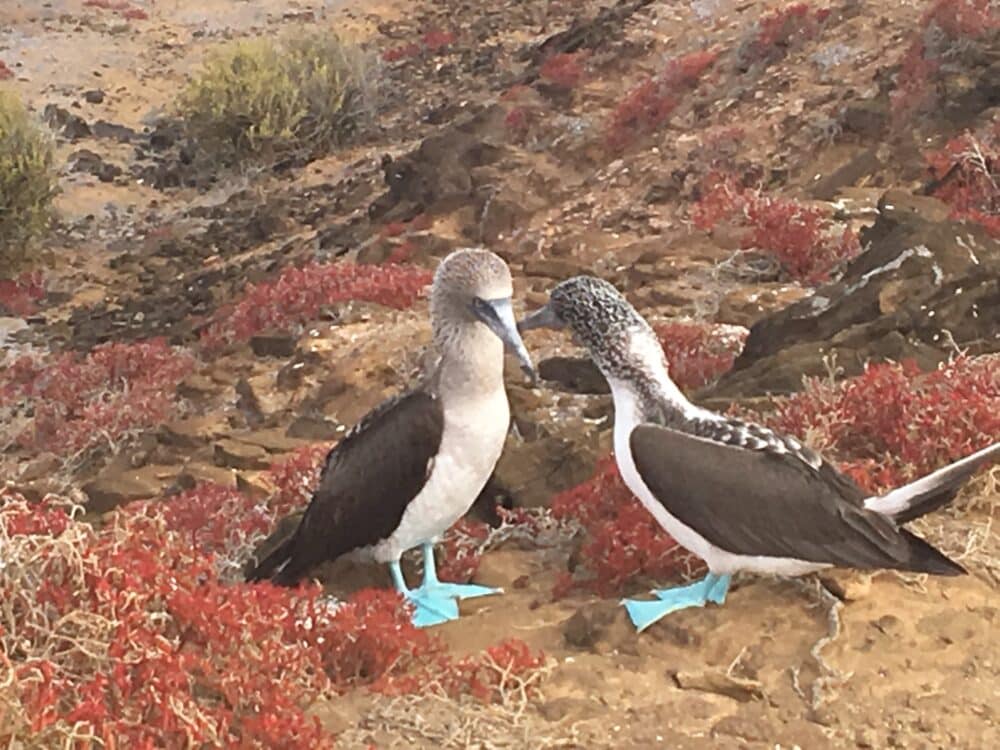Don’t Speak the Language?
Don’t Speak the language? Well, in our experience of travelling to hundreds of destinations that’s not a surprise!
There are over 7,000 living languages on our planet! Over 2000 of these are to be found in Asia with only around 200 across all of Europe. 75% of the world’s inhabitants do not speak English – although it is the second most spoken language after Mandarin Chinese. Spanish is the third.
For those of us who have a mother tongue that is widely spoken, we grow up perhaps, taking our ability to be understood around the world for granted. Maybe that’s why when we find ourselves in a situation where we can’t speak the language, it can be frustrating, embarrassing and sometimes stressful.
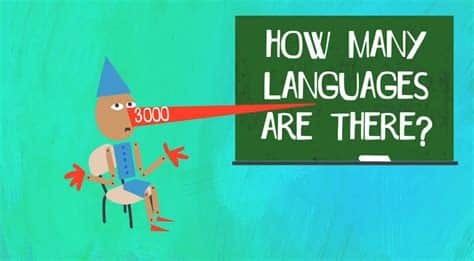
Why Learn A new Language for Travel?
For many of us going on a trip doesn’t require being fluent in the country’s language. It is more an opportunity to discover a culture and learn a little vocabulary to enrich our visit. A few words shows respect towards the people who will be working hard to make our visit special.
In our experience, one of the most difficult ‘language’ situations has been the taxi drivers who don’t have a clue what you’re saying. Even if they do, they don’t/won’t engage! They charge more, exposing your lack of understanding of the difference between the words for twenty and fifty pesos. Luckily though this isn’t the norm!
But ‘lost in translation’ moments do happen:). So, here’s a few TPOP tips we’ve come up with to feel more at ease when you don’t speak the language. They’re mostly common sense, but perhaps not always what comes to front of mind when we’re planning and packing for our next trip.
How Technology Can Help Break the Travel Language Barrier
When we first travelled, we depended on paper, whether tickets, maps, books! Anyone else remember those days:)
Today, our digital world has made travelling different. While we will always hunt down printed maps as we still love them, our phones are an incredible resource around the planet. Read on to find out how smart phones help you crack the language barrier but just before you do, note these tips first:
- Check your phone plan before you travel to make sure you won’t be charged ridiculous surcharges. See our 14 day countdown for other pre-travel tips.
- Invest in a portable phone battery and extend your phone life while out and about during your adventures.
- Use You-Tube to learn a few basics about getting the most out of the Apps we’ve listed below. It’s free & easy! Here’s an example of Google Maps off-line.
Try Using A Language App – 15 mins/day
We all carry a phone these days! Duolingo, Babel and other language apps are revolutionizing ‘at home’ on-line learning. We are both quite addicted to these, studying a combination of languages from Spanish to Romanian.
It’s not just useful for travelling. Being a teacher, Ruby, has more than 17 languages spoken as mother-tongue in her school. Often family members have come to the UK as a result of difficult circumstances and speak only their native language.
With Duolingo, and a little help from a friend in Bucharest, Ruby learnt a few Romanian phrases and it made all the difference in building relatedness with parents and grandparents who often drop their kids at the school gate!
Try 15 mins/day for a few months before you head off on your trip. You will be amazed what you will understand as a result of your efforts.
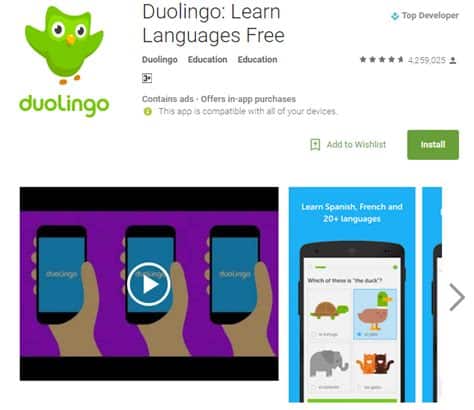
Being able to say ‘Good Morning’ in another language, takes you a long way in building trusting relationships.
Download an On-line Translator
These two apps are much loved by business travellers hopping around the globe. They give you a easy way to convey a message, to say to a taxi driver, or clarify something quickly if you’re not being understood. It enable the person you’re speaking with to type back in their own language and then it does the translating for you!
During our travels, we find many taxi drivers using this tool. While not always perfect, they are incredibly helpful for getting yourself understood. Here’s two we like and use:
- I-Translate which advertises 100+ languages also interfaces to the Apple I-Watch making it even easier. It has a free basic service and also connects to phrase books and if you pay a little bit more, it even does voice to voice translation!
- Google Translate is free, offers 100+ languages and a range of off-line, voice and camera activated translation. It’s really amazing.
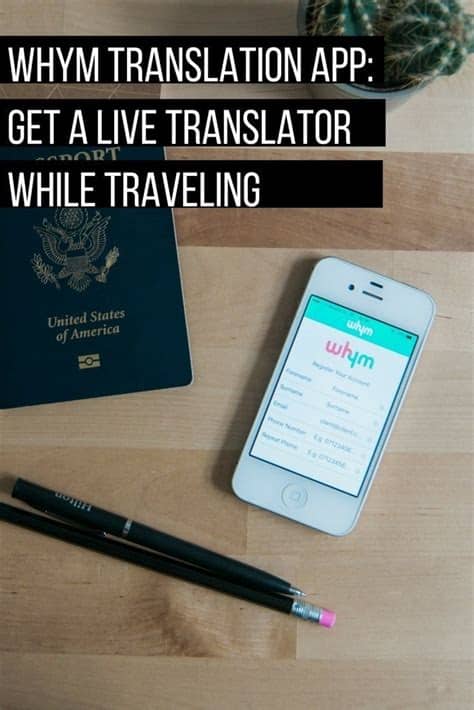
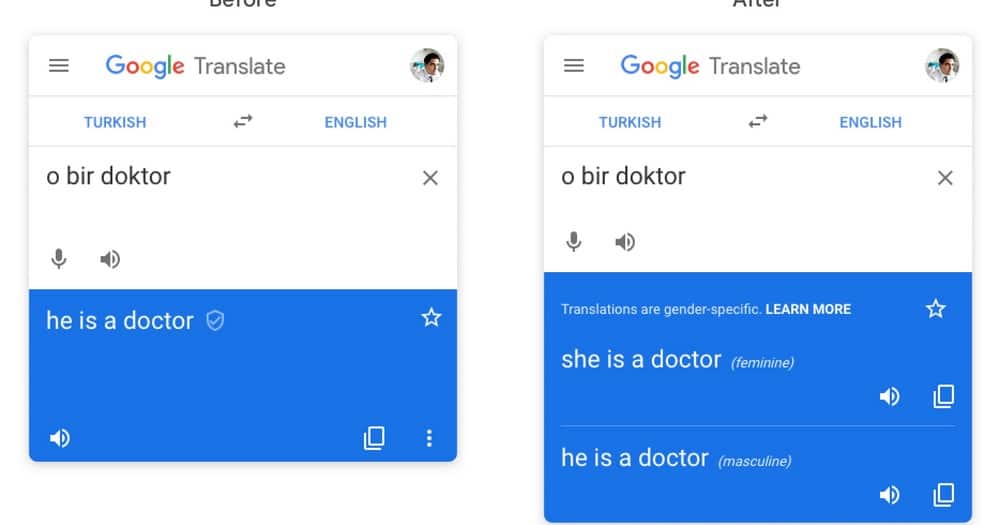
Make a list of words/phrases that are critical to your needs
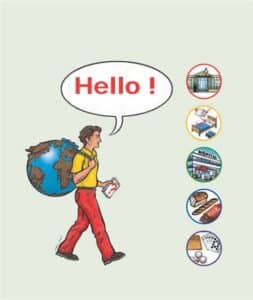
Most guidebooks have these in an index at the back of the book. Save your pennies and just down-load a dozen or so basic phrases that help you establish rapport and relatedness.
Beyond this, if you have any dietary restrictions it may really help to do some planning and ensure you can communicate this clearly in a local restaurant. We found this resource for travellers dealing with allergies. Alternatively, just use a photograph of foods you have to avoid, like in the graphic below. Simple!
Similarly, if you or someone in your party has a disability, plan how to communicate this in a way that won’t cause embarrassment or misunderstanding.
Download Google Maps Before you Travel
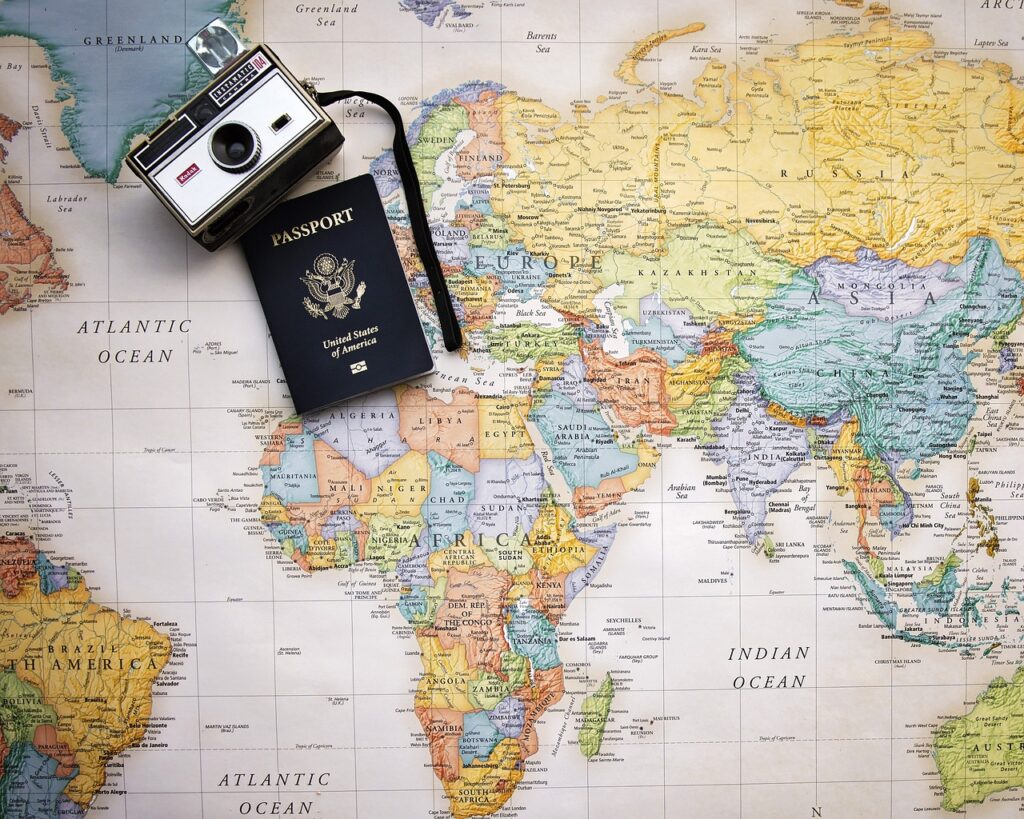
Book tours in your native language
When booking a tour, double check if the tour guide will be speaking in your preferred language. Often tour guides are multi-lingual. The guide can repeat the same information 3-4 times (or a recorded message will). It can be tedious and distract from what you want to learn.
Most free walking tours in major cities are offered in several languages but don’t assume and check the details on-line before you sign up or show up. Of course, if you’re looking to improve your second (or third) language, then try the tour in the host country language. It’s a great way to have a short immersion experience!
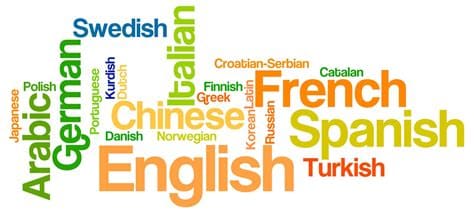
Use QR Codes in Museums
I think that one good thing from COVID has been a visible increase in the use of QR codes.
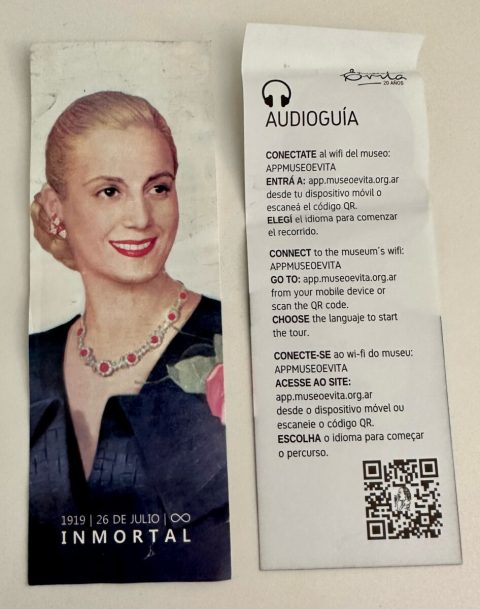
The photo here is of the QR code at the Evita Museum in Buenos Aires. While a few of the exhibition items had English explanations, the majority were in Spanish. By using a smart phone and logging onto their web-site, we could select from 4 different languages and use our phones throughout.
🎒TPOP Tip: Check when you buy your entrance ticket if they have QR options in different languages.
On occasions, the technology isn’t perfect. But I love being able to just use my phone vs. queuing up for headphones and hearing a muffled voice!
Keep A Hotel Business Card with You
Often logistics present the most stressful situations when you don’t speak the language. I recall a friend describing her trip to China. She always got the hotel receptionist to write down the name of a restaurant in Mandarin (or whichever version of Chinese was spoken/written). The taxi drivers would understand and there were few issues. Don’t be embarrassed to ask the hotel to write down instructions if that’s easier for you. Always pick up a card from your hotel accommodation with the address and phone number in the local language/format.
If Uber/Lyft/Cabify are available, these can help avoid getting in a panic about which subway line to take. It also sets the cost of the journey and you don’t have the worry about how to discuss this.
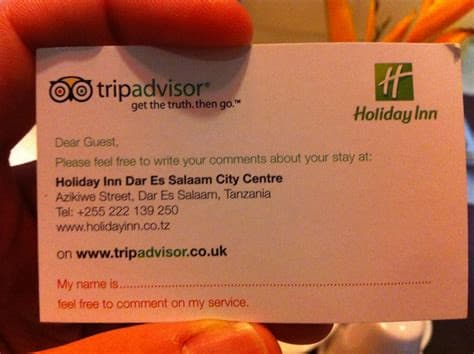
Another tip is to have a waiter or hotel staff member to enter the address on your phone. Then, it can’t be as easily misunderstood! Check what companies offer ride share at your destination. Download the App ahead of arriving so you can get familiar with it. Or just get your translator app open and ‘chat’ real time to get comfortable using it.
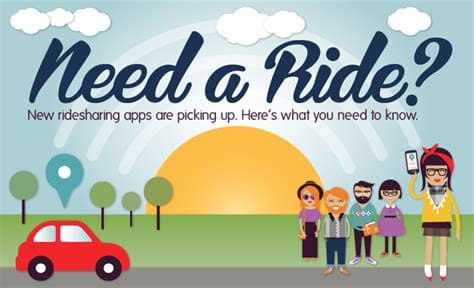
Yikes- It’s a Different alphabet Too!
Spending time in countries where the alphabet is completely alien to our own can be a challenge when communicating. For English speakers, Arabic, Cyrillic based languages, or the country of Georgia with it’s 3 writing systems ( Asomtavruli, Nuskhuri, and Mkhedruli) require a bit more planning.
I would say, in our travel experience, airports are quite easy if you speak English or Spanish as typically they have multi-language signs.
More challenging can be our friendly immigration officials. I swear they must comprehend my stuttering of ‘good morning’ in their language but not it seems this time:)
So, when all else fails, a smile may well bridge the gap. And if you have your common phrases ready, whip out your piece of paper (in case phones are not permitted in immigration areas). That should do the trick to at least introduce yourself and confirm you don’t speak the language but you’re very excited to be visiting their country.
Use Positive Body language/Non Verbals
Embrace (excuse the pun!) body language. A few words might be all you can speak but with a little bit of appropriate body language, you can be easily understood.
Just be careful not to insult the recipient by assuming they don’t speak or understand your language. Also avoid speaking louder or pointing – none of us respond well to this do we? Ask first or say you speak just a little of the language (or not). Enquire if they speak any of your language, smile and wait for them to reply.
Sign up for A Language School
And lastly, if learning or improving school French is on your bucket list, why not go to a class.
If you want to combine a trip and improve your language abilities, try a language immersion trip! We’re constantly dreaming about spending a month in Costa Rica at one of the many language schools! Eso seria divertido (that would be fun!)
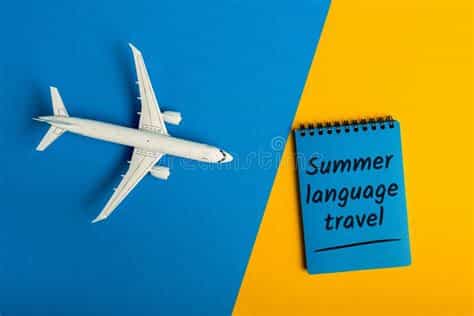
Don’t Speak The Language – Don’t Worry!
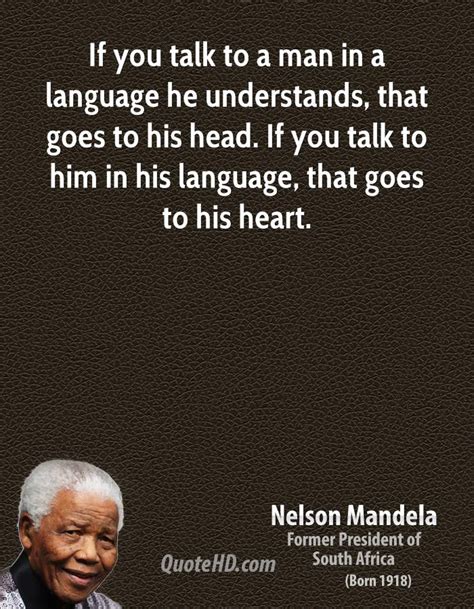
At the end of the day, a positive attitude and not taking it too seriously will get us understood.
Putting in a little effort will yield dividends in terms of not only getting us understood but also learning more about the culture we’re a guest of. We think Nelson Madela got it right with his much loved quote in this photo.
Ultimately if we can laugh, smile and spend a while with someone figuring it out, that’s a lot better than stressing. After all, we’re on holiday!

